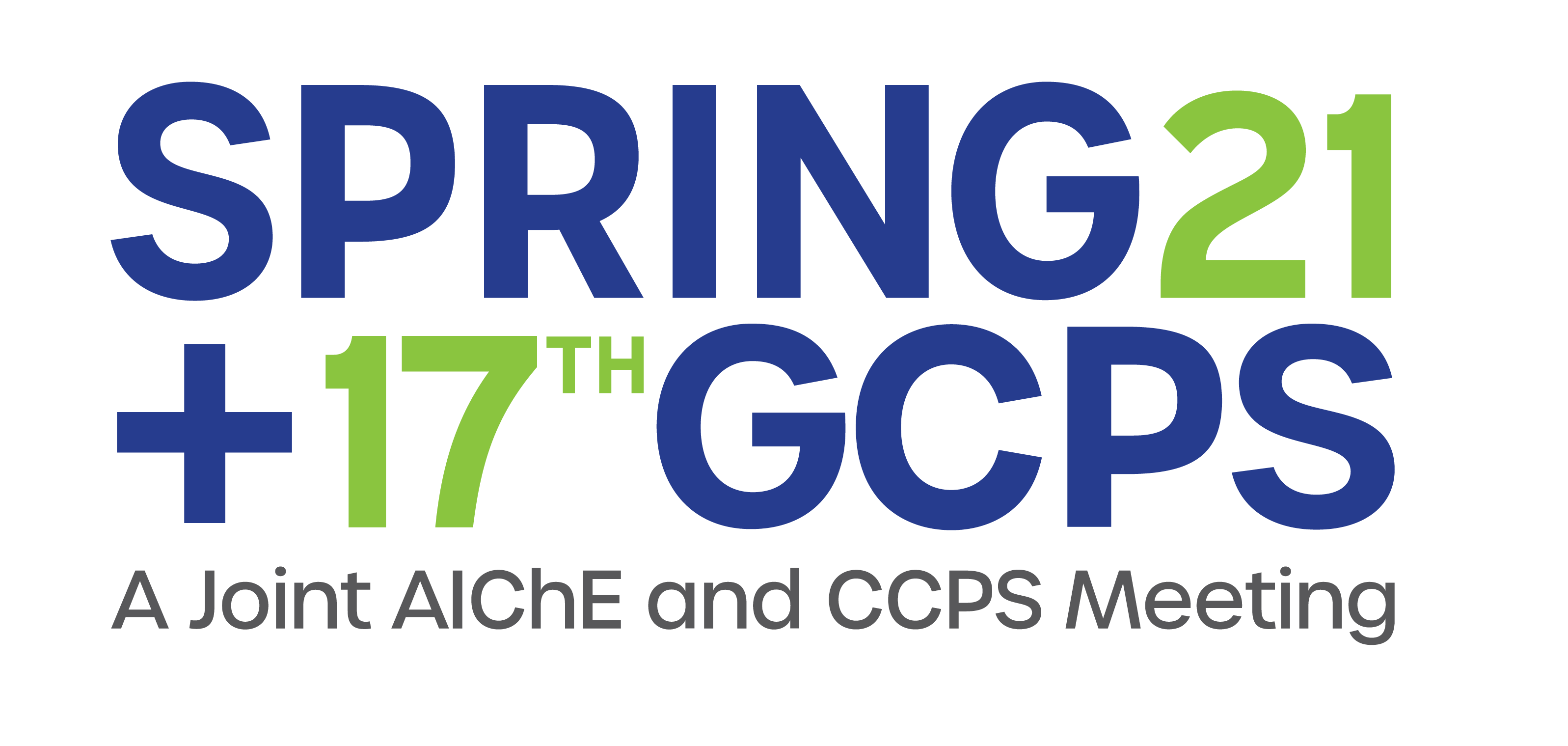

Most recommended practices (e.g., API RP 752) and other FSS guidance documents advise evaluating MCEs for an FSS. However, there can be considerable uncertainty as to what release size constitutes an MCE for the purposes of a consequence-based FSS, and the values used in industry span a considerable range. The MCE release size is heavily influenced by facility and industry history as well as the personal experience of the company subject matter experts. One argument for limiting the MCE in a consequence-based FSS to a 2-inch release is that most accidental releases (i.e., > 95%) are smaller. Another argument that has been suggested is that a 2-inch release size is the largest that provides actionable information upon which siting decisions can be made. However, a number of well-known incidents in industry involve releases larger than 2-inches, which introduces uncertainty as to a reasonable upper-bound for an MCE. The use of a risk-based FSS approach effectively eliminates the decision regarding hole size in relation to the MCE since this approach aggregates the risk of a full range of operational scenarios for a range of hole sizes along with the associated likelihood of failure.
In addition, a risk-based FSS approach can explicitly identify the level risk mitigation needed to meet a required risk level. Alternatively, the results of a consequence-based FSS are normally compared to threshold values at occupied buildings (i.e., explosion pressure & impulse, building damage level, flammable & toxic gas concentration, and thermal radiation), which may not empower the site owner to understand the value of different risk mitigation options across the facility. Based on the MCE scenario(s) employed and the risk or consequence criteria selected, an FSS for a given site may lead to very different conclusions as to which buildings are considered safe and what types of mitigation actions should be taken.
Presenter(s)
Language
Pricing
Individuals
| AIChE Member Credits | 0.5 |
| AIChE Pro Members | $19.00 |
| AIChE Graduate Student Members | Free |
| Safety and Health Division Members | Free |
| AIChE Undergraduate Student Members | Free |
| AIChE Explorer Members | $29.00 |
| Non-Members | $29.00 |
